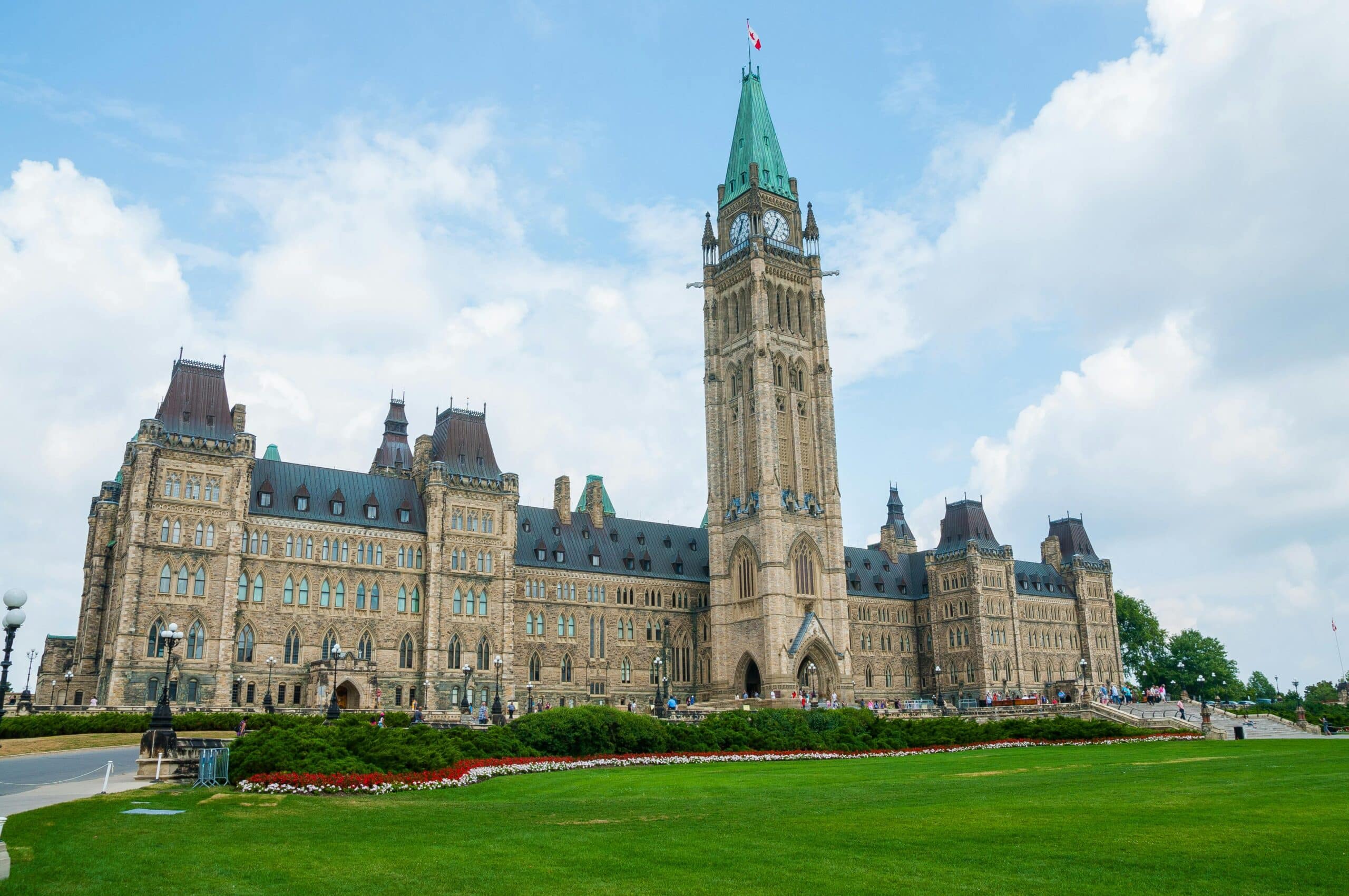For Canadian snowbirds who spend extended periods in the U.S., it’s important to be aware that your time south of the border could trigger U.S. tax filing requirements. Even if you are simply enjoying the sunshine, spending too much time in the U.S. may bring you under the IRS’s radar.
The good news is that understanding the rules can help you navigate these obligations and ensure a worry-free stay.
The Substantial Presence Test: Are You Meeting the Criteria for U.S. Tax Residency?
The U.S. determines tax residency through a formula known as the Substantial Presence Test.
Here’s how it works:
- You’re considered a US tax resident if you were in the US for:
- At least 31 days in 2024, and
- A total of 183 days over the last three years (2024, 2023, and 2022), using this formula:
- All the days in 2024 count in full,
- 1/3 of the days from 2023, and
- 1/6 of the days from 2022.
But don’t panic—there are exceptions. You can exclude days if:
- You were unable to leave the US due to a medical condition that arose after you arrived.
- You qualify as an exempt individual (like students or certain professionals).
- You commuted regularly to work from Canada or Mexico.
Let’s Break It Down: A Case Study
Consider Dave, a Canadian snowbird who enjoys spending time in Florida. Over the past three years, Dave has spent:
- 60 days in Florida in 2024,
- 250 days in 2023, and
- 275 days in 2022.
Here’s how the IRS calculates his substantial presence:
- 2024: 60 days
- 2023: 250 ÷ 3 = 83.33 days
- 2022: 275 ÷ 6 = 45.83 days
Total = 189 days
Unfortunately, Dave exceeds the 183-day threshold and thus meets the criteria for U.S. tax residency under the substantial presence test.
However, Dave may still avoid being classified as a U.S. tax resident by filing a Closer Connection Exception (Form 8840) and demonstrating that his primary connections, including his home and economic ties, remain in Canada (Reg. section 301.7701(b)-2).
What If You Spent More Than 183 Days in 2024?
If you were physically in the US for 183 days or more this year, the closer connection statement won’t apply. Instead, you’ll need to rely on the US-Canada Income Tax Treaty. This means filing a non-resident US tax return (Form 1040NR) and using treaty tie-breaker rules to show why Canada—not the US—should tax you.
Keep in mind that this may also trigger additional forms, such as Forms 8938, 5471, or 3520. Missing these can result in substantial penalties, so it’s worth paying attention.
What About State Taxes?
Here’s a bit of good news: Florida, the favorite destination for Canadian snowbirds, is a no-income-tax state. That means if you’re basking in the Florida sunshine, you won’t need to worry about state income taxes.
However, not all states are so friendly. If you’ve spent time in states with their own income tax rules (like California or New York), they may consider you a resident, regardless of federal treatment.
Stay Compliant and Keep Relaxing
Navigating cross-border tax rules doesn’t have to ruin your time in the sun. If you’ve spent significant time in the US and want peace of mind, reach out to Chaim Rosner at 647.256.7668 or cyr@zeifmans.ca.



